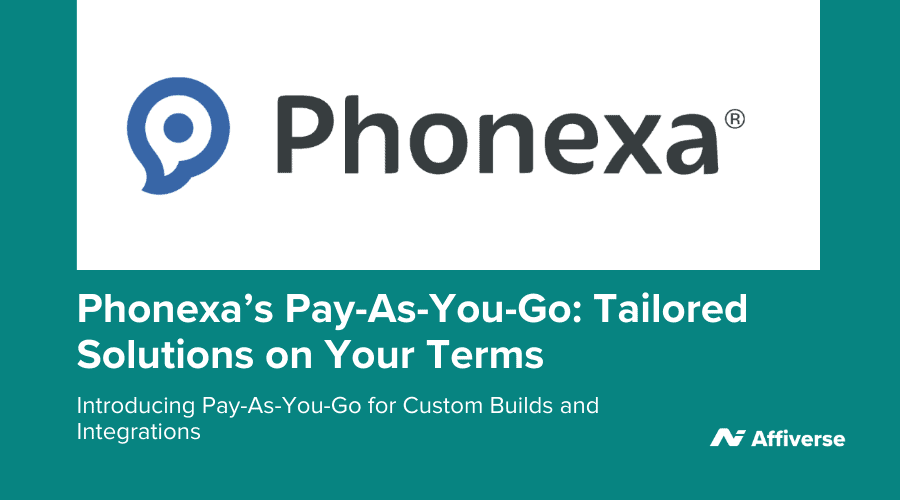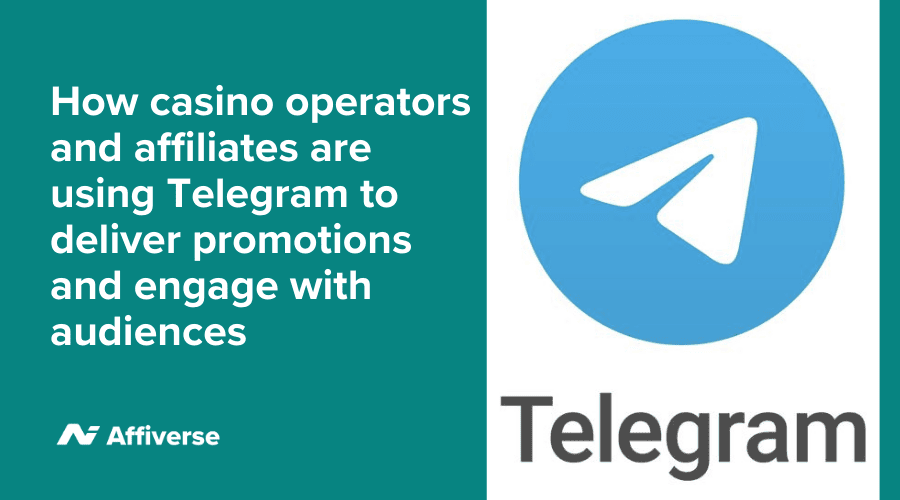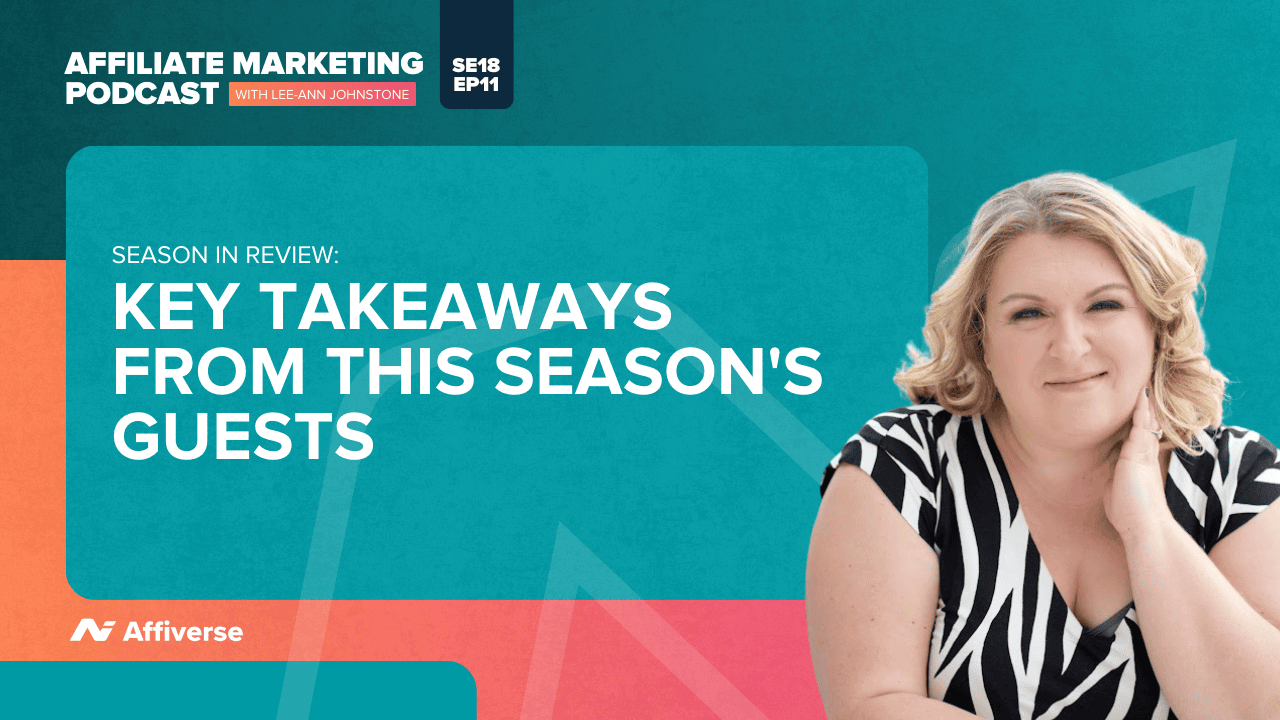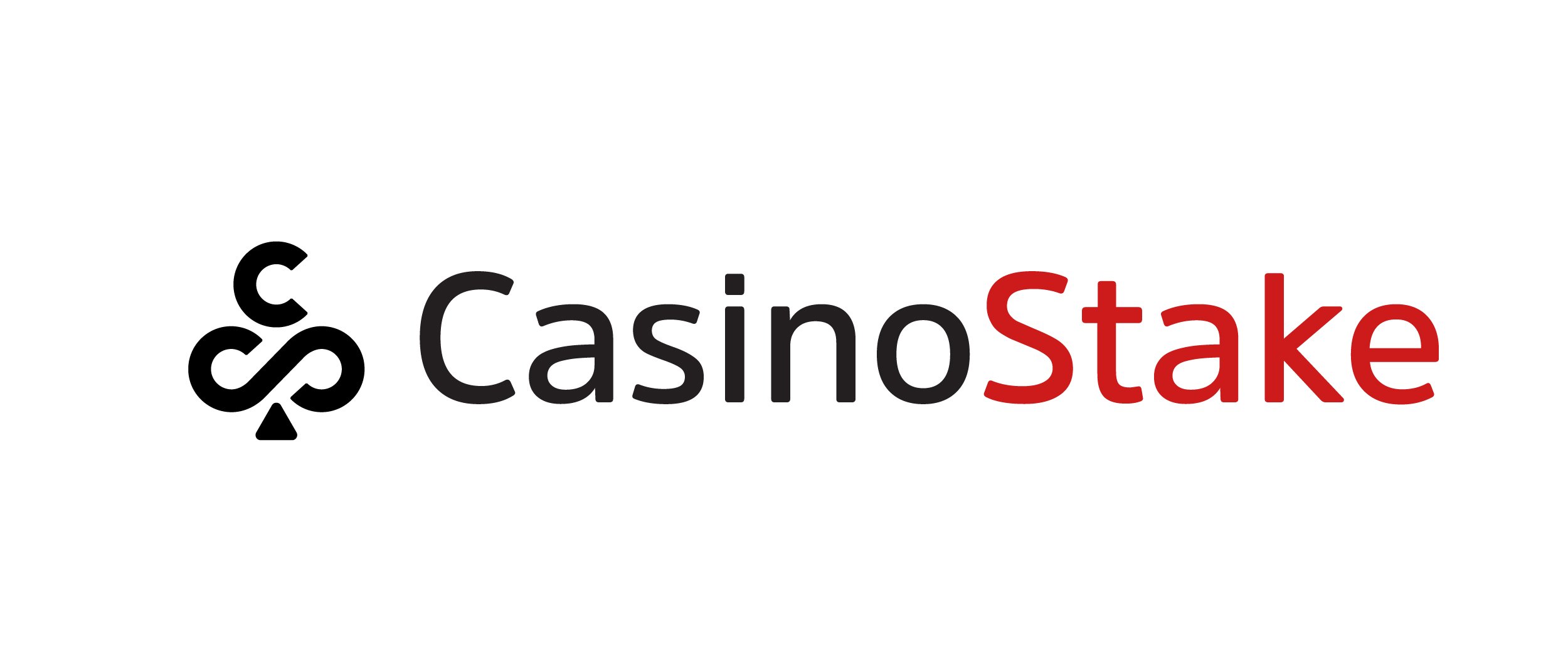For years, the marketing world has been focused on producing shorter and shorter content to suit the fast-paced, mobile-first behaviours of today’s consumers. From 15-second TikTok videos to snappy Instagram Reels, short-form content has dominated the digital landscape. However, recent trends suggest that long-form video is making a comeback, and brands would do well to pay attention.
Consumers, especially younger audiences, are proving that they’re willing to spend time on more in-depth content—provided it’s engaging and offers real value. As a result, affiliates who have long prioritised brevity are now reconsidering their strategies, bringing longer content back into the mix. But why the shift, and what does it mean for your brand? Let’s explore.
The Rise (and Perceived Fall) of Long-Form Video
Long-form video was once the go-to medium for brands looking to tell compelling stories. Whether it was a brand documentary, a mini-series, or a detailed product explainer, marketers used long-form content to capture and hold their audience’s attention. Platforms like YouTube and even Facebook were hubs for video content that stretched beyond the 60-second mark.
However, with the rise of Vine (now extinct), TikTok, and Instagram, shorter formats became the norm. Marketers were forced to adapt as consumers seemed to have less time and patience for anything longer than a quick scroll or swipe. The focus shifted toward creating bite-sized, attention-grabbing content that could be consumed within seconds.
Yet, just when brands became accustomed to this rapid-fire content landscape, long-form video began to make a quiet resurgence.
Why Is Long-Form Video Making a Comeback?
The shift back to longer content is being driven by several key factors:
- Audience Desire for Depth: As digital media became more saturated with short, surface-level content, a significant portion of the audience started craving more depth. This applies particularly to consumers who seek more in-depth information on subjects that matter to them, such as sustainability, social justice, or product quality. Long-form video allows brands to dive deep into these topics in ways that short videos simply can’t.
- Increased Platform Support: Platforms that were once geared towards short-form content are increasingly accommodating longer videos. For example, TikTok recently extended its maximum video length to 10 minutes, while YouTube, a long-time haven for extended content, continues to thrive with its format. Even Instagram has IGTV, allowing for longer content alongside its quicker posts.
- Engagement and Brand Loyalty: Long-form videos provide an opportunity to engage with consumers in a more meaningful way. Whether it’s through storytelling, interviews, or in-depth product demonstrations, longer content gives brands the space to build narratives and emotional connections that foster brand loyalty. Studies have shown that consumers are more likely to remember and trust a brand when they engage with its content for longer periods.
- The Power of Video SEO: Long-form videos can also provide substantial SEO benefits, especially on platforms like YouTube, which is the second-largest search engine in the world. Videos that provide comprehensive answers to questions, tutorials, or insights into complex topics are more likely to rank higher and draw in viewers through search traffic. Additionally, longer watch times can improve a video’s ranking in platform algorithms, pushing it to wider audiences.
- The Shift Towards Streaming and On-Demand Content: With the rise of streaming platforms like Netflix, Amazon Prime, and even YouTube Premium, audiences have become accustomed to consuming long-form content on demand. Consumers today are perfectly willing to sit through a 90-minute documentary or binge-watch an entire series if the content is compelling enough. This habit has spilled over into other areas of media consumption, including branded content.
How Can Brands Use Long-Form Video Effectively?
It’s not enough to simply produce long-form content and hope that your audience will stick around. As with any type of content, there needs to be a clear strategy behind it. Here are a few tips for brands looking to embrace the resurgence of long-form video:
1. Tell it like a Story
At its core, long-form content is an opportunity to tell a compelling story. Whether it’s the history of your brand, the journey of a customer, or an inside look into your manufacturing process, storytelling is key to keeping viewers engaged. The best long-form videos are those that tap into human emotions, spark curiosity, or offer insights that can’t be condensed into a short clip.
2. Provide Real Value
If you’re asking consumers to invest several minutes of their time, you need to make sure you’re giving them something of value. This could be educational content, such as a tutorial or a deep dive into a subject that interests them. Alternatively, it could be entertainment, such as a behind-the-scenes documentary or a creative ad campaign that feels more like a mini-movie. The key is ensuring that the content is worth the time commitment.
3. Choose the Right Platforms
While long-form video is making a comeback, it’s important to understand where and when to share this content. YouTube remains the premier platform for longer videos, but brands can also leverage Instagram’s IGTV, Facebook Watch, or even create dedicated spaces on their own websites. It’s also worth considering cross-promotion: shorter teaser clips on platforms like TikTok or Instagram can draw people towards the full-length video on another platform.
4. Focus on Production Quality
While authenticity is often praised in marketing, long-form content generally requires higher production values to hold audience attention. This doesn’t mean you need a Hollywood budget, but it does mean investing in good storytelling, high-quality visuals, and professional editing. Longer videos provide more opportunities for creativity, but they also leave more room for mistakes if not executed well.
5. Monitor Performance and Adapt
As with any marketing content, it’s important to track how your long-form videos are performing. Look at metrics such as average watch time, engagement rates, and viewer feedback to gauge what’s working and what isn’t. This will help you refine your approach over time and ensure that you’re delivering the content your audience wants to see.
The Role of Long-Form content in a Short-Form World
It’s important to note that long-form video doesn’t exist in isolation. In today’s digital ecosystem, long-form and short-form content complement each other. Short clips and trailers can serve as promotional tools for longer videos, while longer videos can provide a deeper context that shorter content simply can’t.
Moreover, as algorithms on platforms like YouTube and TikTok increasingly favour content that holds viewers’ attention for longer periods, the opportunity for long-form content to thrive continues to grow. Consumers today have diverse content preferences, and offering both short and long-form options allows brands to meet their audience where they are.
A New Era for Long-Form Video
Long-form video’s resurgence is a reminder that not all consumers are looking for quick, fleeting interactions with content. As much as we live in a fast-paced world, there is still a significant audience that craves depth, storytelling, and substantial engagement.
For brands, this trend represents an opportunity to go beyond the 30-second ad and offer something more meaningful. By telling compelling stories, providing value, and leveraging the right platforms, long-form video can become a powerful tool in your marketing arsenal. In the end, it’s not about choosing between long-form and short-form content; it’s about knowing when and where to use each format to create the best experience for your audience.




















